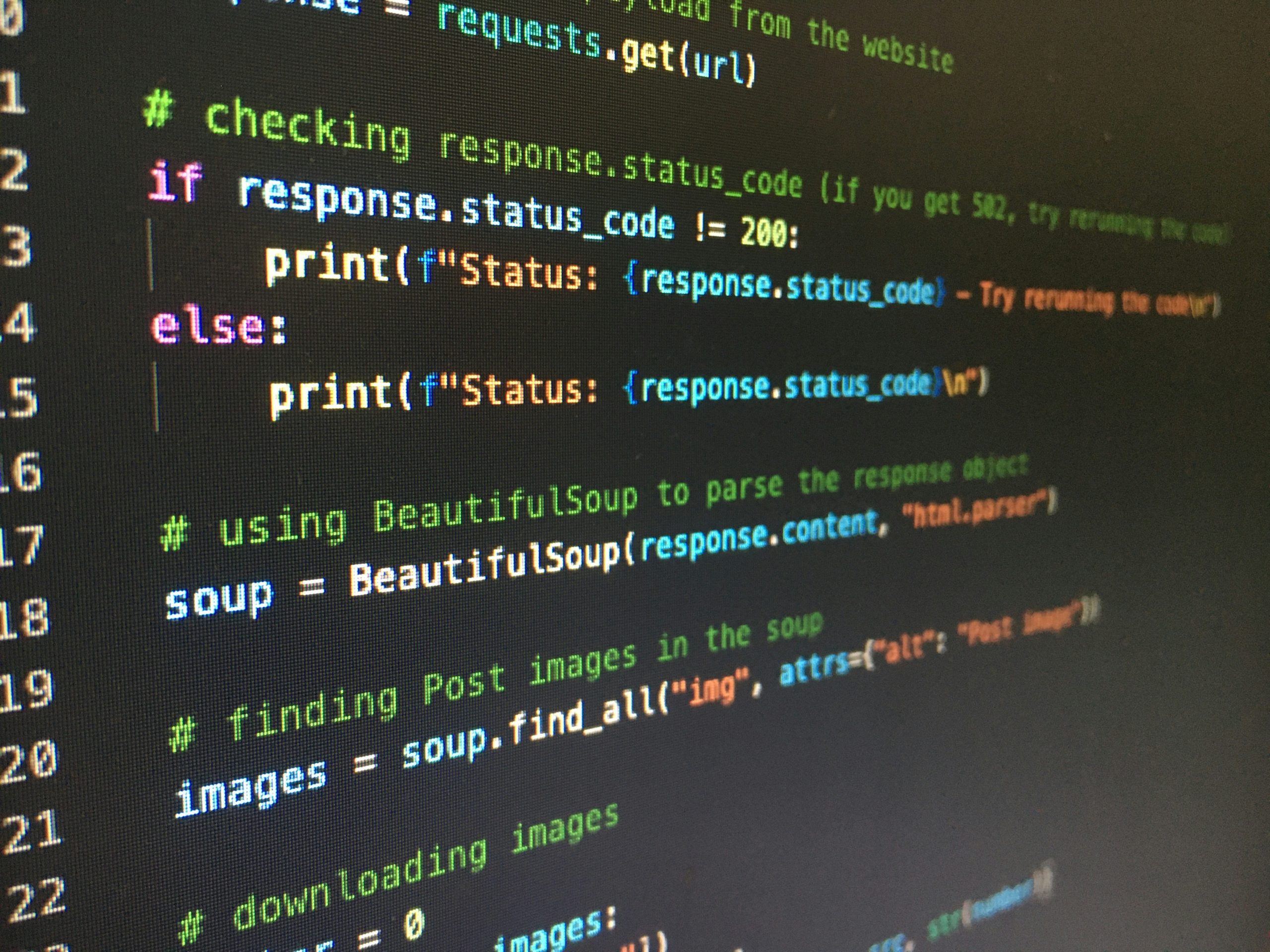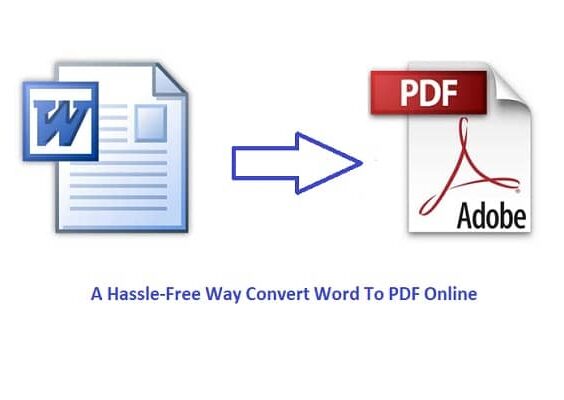The digital landscape is constantly evolving, with new technologies and trends emerging at a rapid pace. As we look ahead to 2024, the demand for skilled front-end developers continues to rise, making it crucial for aspiring programmers to stay ahead of the curve by mastering the best front-end languages available. From creating responsive layouts to enhancing user experience, front-end development plays a vital role in shaping the overall success of websites and applications. In this article, we will explore some of the top front-end languages that are poised to dominate the industry in 2024, equipping you with the knowledge and skills needed to thrive in this dynamic field. Whether you are a seasoned developer looking to expand your skill set or a beginner eager to kickstart your career in web development, these languages offer immense potential for growth and innovation in the ever-evolving world of technology.
Contents
Introduction: Evolution of front-end languages in 2024.
In 2024, the front-end development landscape has undergone significant changes, with evolving technologies shaping the way websites and applications are designed. The emergence of WebAssembly as a versatile compile target for web applications has opened up new possibilities for front-end developers to write code in languages like C/C++ and Rust. This shift towards using low-level languages allows for improved performance and efficiency in web development, especially for complex projects requiring high computational power.
Furthermore, the rise of progressive web apps (PWAs) has accelerated the adoption of JavaScript frameworks such as React and Vue.js in front-end development. These frameworks enable developers to create fast, reliable, and engaging user experiences across various devices. In 2024, mastering these frameworks will be essential for front-end developers looking to stay competitive in an ever-evolving tech industry. Overall, staying updated with the latest trends in front-end languages is crucial to meeting the demands of modern web development projects in 2024 and beyond.

JavaScript: Continues dominance in web development
JavaScript’s continued dominance in web development is undeniable, with its versatility and wide range of frameworks and libraries making it a staple for front-end development. As technology evolves, JavaScript has adapted to meet the demands of modern web applications, solidifying its position as the go-to language for creating dynamic and interactive user experiences. With the rise of single-page applications and progressive web apps, JavaScript remains at the forefront, enabling developers to deliver seamless and engaging digital experiences.
Furthermore, the thriving community around JavaScript ensures that developers have access to a vast pool of resources, tutorials, and support. This active ecosystem not only fosters innovation but also provides a platform for sharing best practices and collaborating on new projects. With continuous updates and improvements to popular frameworks like React.js and Angular.js, JavaScript shows no signs of slowing down as it continues to shape the future of web development.
TypeScript: Strongly typed alternative to JavaScript
TypeScript has emerged as a powerful alternative to JavaScript, offering developers a strongly typed language that enhances code quality and improves maintainability. By enforcing strict type checking during development, TypeScript helps catch errors early in the coding process, reducing the likelihood of bugs in production. This not only leads to more robust applications but also streamlines the debugging process, saving developers time and effort.
Moreover, TypeScript’s static typing provides better code documentation and editor support, making it easier for developers to understand and navigate large codebases. The clear definition of data types allows for improved code readability and scalability, especially in complex projects where multiple programmers collaborate. Overall, embracing TypeScript as a front-end language in 2024 can significantly boost productivity and elevate the quality of web development projects.

Python: Versatile language for front-end development
Python, known as a powerhouse in back-end development, is increasingly gaining popularity in front-end development as well. Its versatility and simplicity make it a standout choice for creating dynamic and interactive user interfaces. With the rise of frameworks like Django and Flask, Python offers web developers a robust set of tools to build attractive front-end experiences.
One of the key advantages of using Python for front-end development is its extensive library support. Libraries such as Tkinter, PyQt, and Kivy provide developers with a wide range of options to create beautiful graphical user interfaces efficiently. Additionally, Python’s syntax is clean and easy to read, making it an ideal language for beginners looking to enter the world of front-end development.
Moreover, Python’s compatibility with JavaScript through projects like Brython opens up new possibilities for integrating both languages seamlessly in web applications. This interoperability allows developers to leverage the strengths of both languages while minimizing any potential drawbacks. In essence, Python’s emergence as a versatile language for front-end development signifies a new era where developers have more creativity and flexibility in building captivating user interfaces.
Dart: Google’s language for building web apps
Dart, Google’s language for building web apps, has been gaining momentum in the front-end development world. Known for its simplicity and efficiency, Dart offers a smooth development experience for creating interactive web applications. One of the key advantages of Dart is its ability to compile into efficient JavaScript, making it compatible with all modern web browsers without sacrificing performance.
With a strong focus on developer productivity, Dart provides powerful tools and libraries that streamline the coding process. Its clean syntax and structured approach make it an attractive option for those looking to build responsive and dynamic web applications. Additionally, Dart’s support for both client-side and server-side development further enhances its versatility and appeal to developers looking to work across different aspects of web development seamlessly.
Overall, as front-end technologies continue to evolve rapidly, learning Dart can be a valuable skill for developers aiming to stay ahead in the competitive field of web development. With Google backing this language and continually improving its ecosystem, Dart presents an exciting opportunity for developers seeking efficient solutions to create innovative web experiences.

Rust: Fast, safe, modern front-end language
Rust stands out as a front-end language due to its unique combination of speed, safety, and modern design principles. Its performance is exceptional, making it a preferred choice for high-performance web applications that demand efficiency. What sets Rust apart is its emphasis on memory safety without sacrificing performance, thanks to its strict compiler checks that catch errors at compile time.
In addition to its technical advantages, Rust’s community support and active development contribute to its growing popularity in the front-end space. Developers appreciate the comprehensive documentation and helpful tools that facilitate learning and productivity. With its focus on preventing common programming errors through strong typing and ownership models, Rust enables developers to write more reliable code with fewer bugs – a crucial aspect in today’s complex web development landscape where user experience is paramount.
Conclusion: Diversify skills with these front-end languages
In conclusion, diversifying your skills with a variety of front-end languages can provide you with a competitive edge in the ever-evolving tech industry. While mastering one language is beneficial, having expertise in multiple languages such as HTML, CSS, JavaScript, and others can open up more opportunities for you. By exploring different languages, you gain a broader understanding of how to create dynamic and responsive websites that cater to diverse user needs.
Moreover, learning new front-end languages helps you stay adaptable to changing trends and technologies in the field. Each language has its unique strengths and applications, so having a versatile skill set increases your chances of landing exciting projects and collaborations. Embracing this diversity not only enriches your knowledge but also enhances your problem-solving abilities as you navigate through various language syntaxes and frameworks. So, challenge yourself to expand your horizons by delving into these front-end languages and watch as your proficiency grows exponentially.




